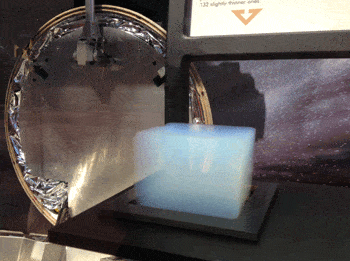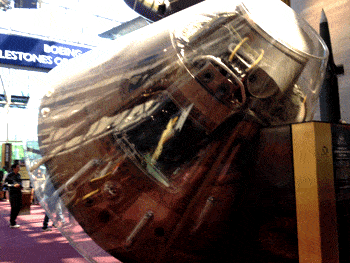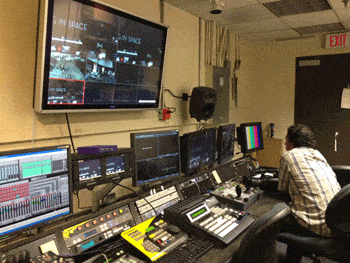Following a very busy week in Cleveland I made my way over to Washington DC, home of a stunning array of museums and galleries. Walking around the National Mall I couldn’t help but be in awe of the history on display, everything from the favourites such as the Lincoln Memorial and the U.S Capitol Building through to the Albert Einstein Memorial and United States Botanic Garden. Throughout each institution there is a sheer depth of information on offer – spending a week in the area really only scrapes the surface and I highly recommend that readers make their way over there if possible.

North American X-15 Experimental Jet
On entering the National Air & Space Museum I was surrounded by a plethora of artefacts from the past; the Apollo 11 command module Columbia, Mercury Friendship 7, a X-15 jet, and an entire area devoted to the Wright Brothers 1903 flyer plus much more. I was intrigued to see theStardust capsule where I finally got to see aerogel; 99.8% air and used to collect a dust from comets to determine the composition of the early solar system. Boasting a planetarium and IMAX theatre, the museum is highly popular and is visitation is high throughout the day.

Aerogel designed by NASA
During the visit I met with Mark Kornmann, Chief of Educational Outreach. It was interesting to discuss how the museum was working to reach students across the USA. The museum broadcasts distance learning programs via a movable video conferencing trolley as well as from centre stage within the Moving Beyond Earth gallery. Simulcast with NASA TV, the museum hosts live video conference chats with space and aeronautics experts within the gallery as an extra twist on the standard video conferencing offering. The onsite audience participates in the demonstrations whilst the offsite audience submits questions through the museum blog site. As per the Alaska Sea Life Center and the Alaska Zoo the challenge for distance educators is to work with both the audience within the museum and the remote learners on the video conference. Throughout the year there are down links from the International Space Station where students can communicate with astronauts as well as a fun K – 2 distance program ‘Dressed in Space’ run via puppetry.

Apollo 11 Command Module Columbia
There is a dedicated mixing room underneath the galleries, whereby both the NASA TV and the video conference workshops are meshed together. There are plans to move this room up into the Moving Beyond Earth gallery and make a full digital editing suite downstairs. The Smithsonian also runs science education video conferencing from both the National Museum of Natural History in the Q?rious Centre as well within the National Museum of African Art which includes presentations on African astronomy.

Underground media room that coordinates the digital productions
As this Winston Churchill Fellowship continues I will next visit the International Spy Museum in Washington and then fly to New York for further science education visits. 4 weeks of traveling, a few more to go!























Comments